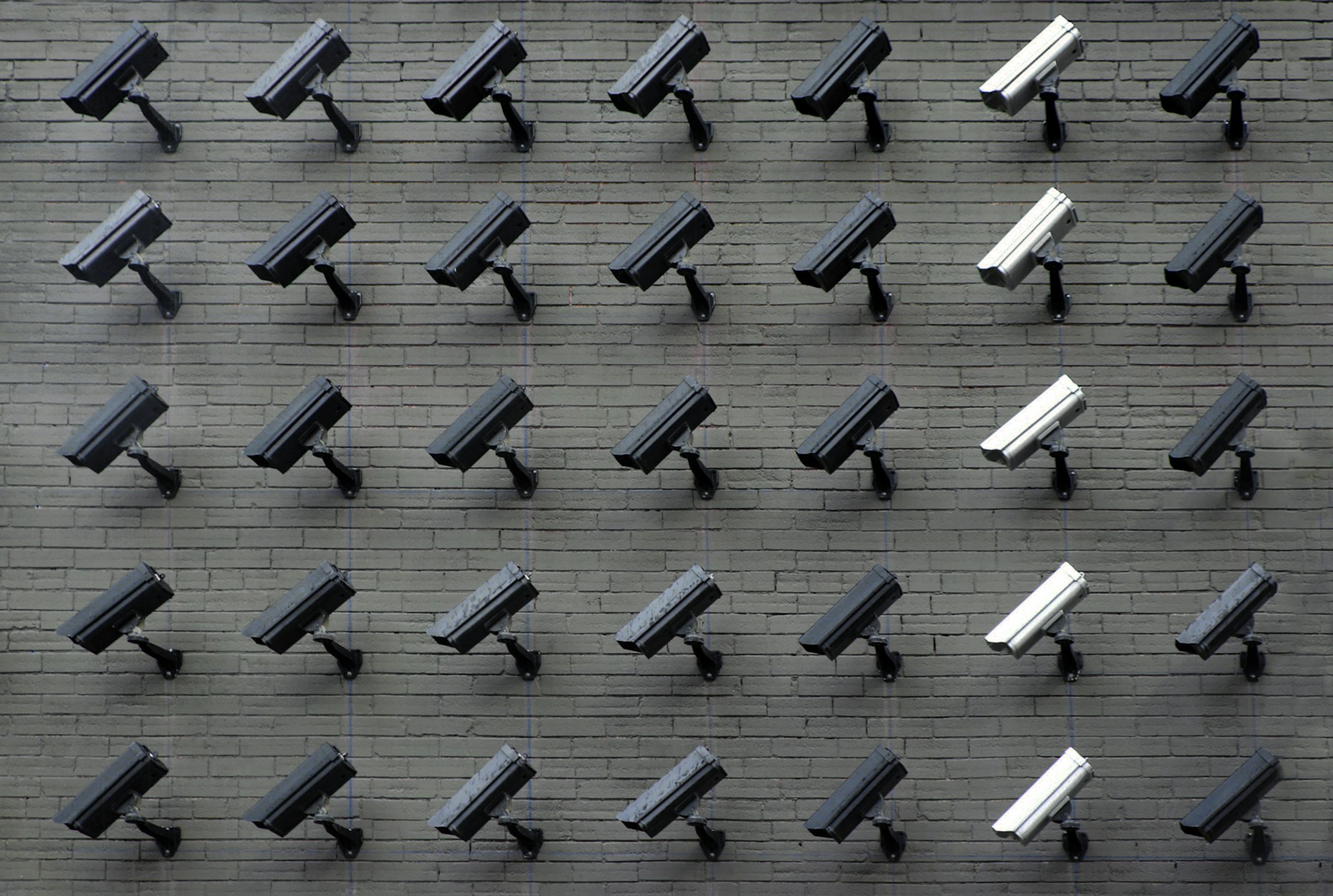Getting Started with AI Surveillance

Getting Started with AI Surveillance
In today's rapidly evolving security landscape, traditional surveillance systems are no longer sufficient to meet the complex challenges faced by businesses and organizations. AI-powered surveillance represents a revolutionary leap forward, combining advanced machine learning algorithms with high-resolution video analytics to create a more intelligent and proactive security infrastructure.
Understanding AI Surveillance
AI surveillance systems go beyond simple video recording and motion detection. These sophisticated platforms utilize deep learning algorithms to analyze video feeds in real-time, identifying potential threats and anomalies with remarkable accuracy. By processing vast amounts of visual data, AI systems can distinguish between normal activities and suspicious behavior, dramatically reducing false alarms while ensuring no genuine threats go unnoticed.
Key Benefits
- Real-time threat detection: Advanced algorithms analyze video feeds instantly, identifying potential security threats as they emerge.
- Automated response systems: Integration with security protocols enables immediate automated responses to detected threats.
- Reduced false alarms: Machine learning algorithms can distinguish between genuine threats and harmless activities.
- 24/7 monitoring capability: AI systems maintain consistent vigilance without fatigue or distraction.
- Scalable security: Easily expand coverage as your security needs grow.
Implementation Steps
-
Assessment of current security infrastructure
- Evaluate existing camera systems and network capabilities
- Identify coverage gaps and potential vulnerabilities
- Assess integration requirements with current security systems
-
Integration planning
- Design network architecture to support AI processing
- Select appropriate AI algorithms for specific security needs
- Plan for data storage and backup systems
-
System deployment
- Install AI-capable cameras and sensors
- Configure network infrastructure
- Implement processing servers and storage solutions
-
Staff training
- Provide comprehensive training on system operation
- Establish protocols for threat response
- Ensure compliance with privacy regulations
-
Ongoing optimization
- Regular system performance reviews
- Algorithm refinement based on collected data
- Continuous staff development
Best Practices
- Regular system updates: Keep software and firmware current to maintain security and performance.
- Staff training programs: Ensure security personnel are proficient with the system's capabilities.
- Emergency response protocols: Develop and regularly update procedures for various threat scenarios.
- Data privacy compliance: Implement strict data protection measures to comply with relevant regulations.
- System redundancy: Maintain backup systems to ensure continuous operation.
Future Considerations
As AI technology continues to evolve, surveillance systems will become even more sophisticated. Organizations should plan for future upgrades and expansions, considering emerging technologies such as:
- Advanced facial recognition
- Behavioral prediction algorithms
- Integration with IoT devices
- Enhanced analytics capabilities
By implementing AI surveillance systems thoughtfully and maintaining them properly, organizations can significantly enhance their security posture while reducing operational costs and improving response times to potential threats.